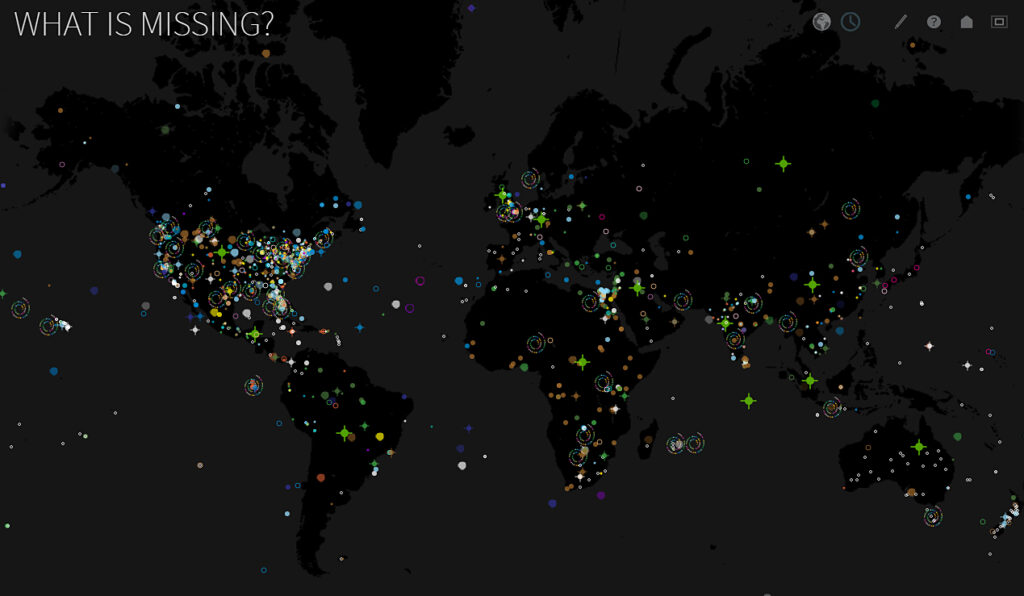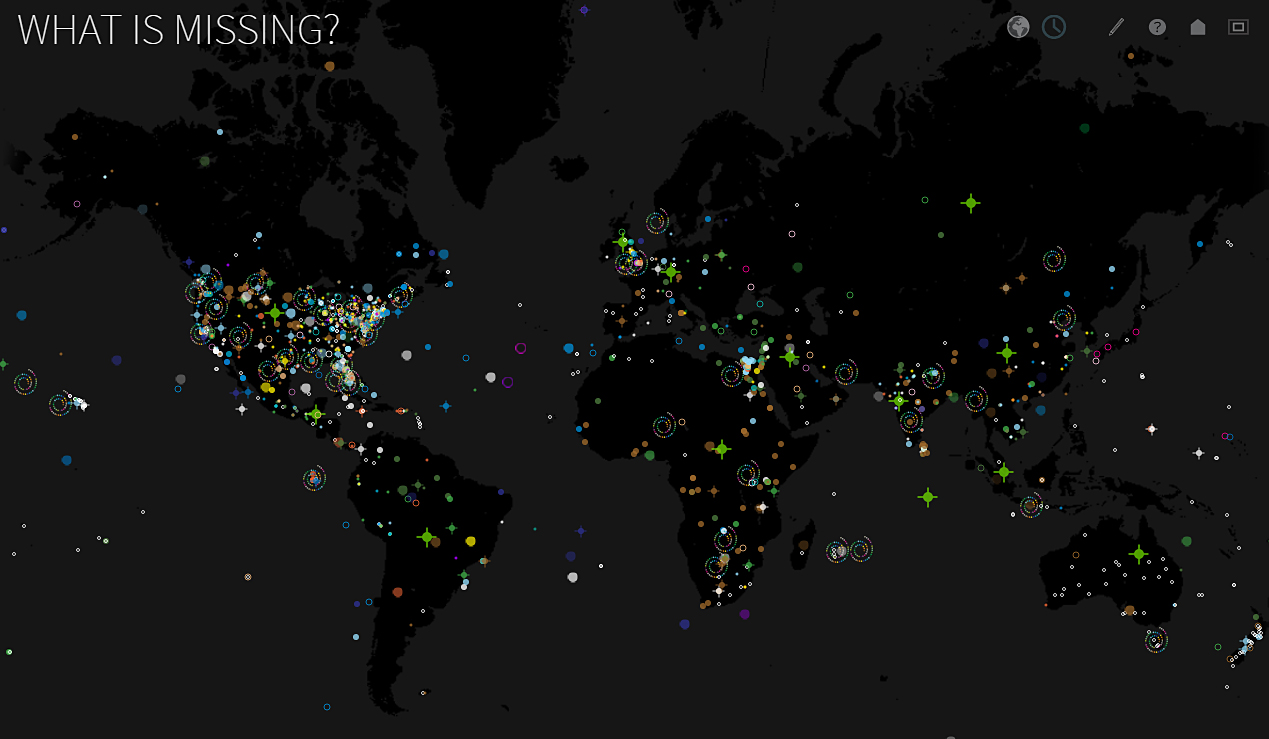
In an era of overwhelming species extinction and environmental degradation, environmental humanities scholars must consider how to represent, cope with, and perhaps deploy loss. This lecture will examine affects associated with loss—primarily nostalgia, solastalgia, and grief—as they function in the process of memorialization in the Anthropocene, an era some have characterized as a “melancholy” one. How does the Anthropocene challenge us to rethink memorialization and memorials themselves? What kinds of memorials might be most useful for environmental activism?
After a brief sketch of the recent history of memorial design and our contemporary era’s “memorial mania,” the talk will turn to Maya Lin’s “What Is Missing?” memorial project to think through these questions. Her “last memorial” addresses species loss via a multi-modal, multi-scalar experience that challenges the very notion of a memorial as a static, stable object. The website combines short videos, sound recordings, ecological history, and personal memories to create a “visceral” interactive encounter with species loss and environmental degradation. The site’s deployment of grief, nostalgia, and solastalgia, and its organization into temporal domains (past, present, and future), generate a mood of hopefulness. Finally, the lecture will speculate on how the Anthropocene designation might help us see “what is missing” in the field of affect theory, and gesture toward new affects that might emerge with the epoch.
Chair: Dr Thomas Bristow, (Australian Research Council Centre of Excellence for the History of Emotions, University of Melbourne / IASH Research Fellow)
Jennifer Ladino teaches American literature and literature and the environment at the University of Idaho. Her current research project is a monograph on memorialisation, Memorials Matter: Bodies, Affect, and Environment at American Memory Sites. She is currently a Visiting Fellow at Bath Spa University and the University of Bristol.



